As I previously wrote, I attended FCM this year, which was held in Ottawa. I had not been to the Nation’s Capital for something like 25 years, so after the meeting, I stayed a few extra days to visit some family and look around the City, concentrating on the holy trinity of nouveau city-making: public spaces, transit, and cycling infrastructure.
Ottawa has numerous amazing public spaces. Everywhere we went, there were public parks, squares, and market areas. At first blush, it appears to be a model for use of public space. Problem is, it seemed these were mostly serving tourists. Perhaps it is a result of me being a tourist (and my resultant gravitating towards “tourist areas”) I found a general lack of outdoor activity and “street life” compared to Vancouver or other large cities in Canada. Ottawa seems to be City where folks pack up after work and go home, leaving some surprisingly empty public spaces on a warm summerish evening.
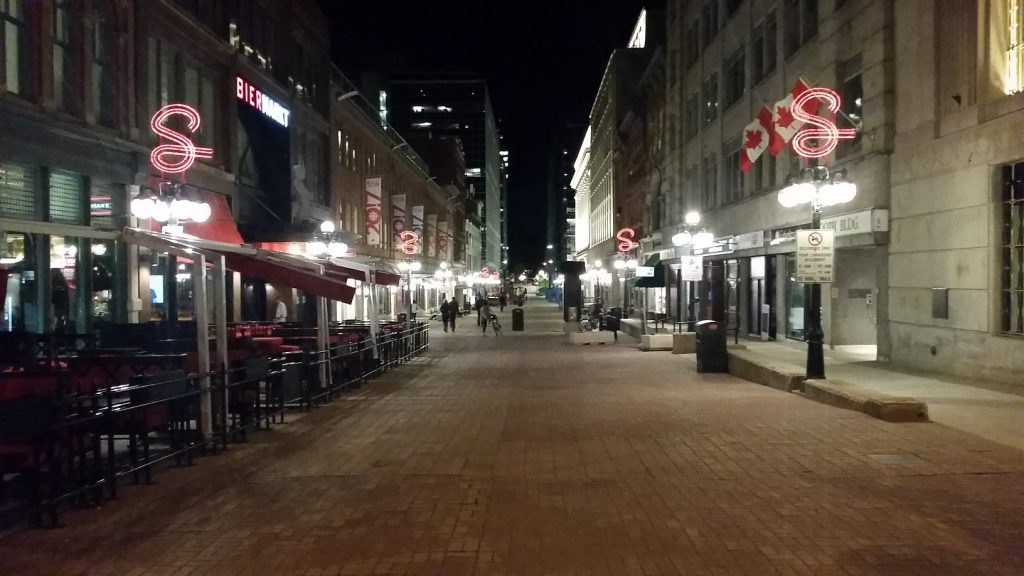
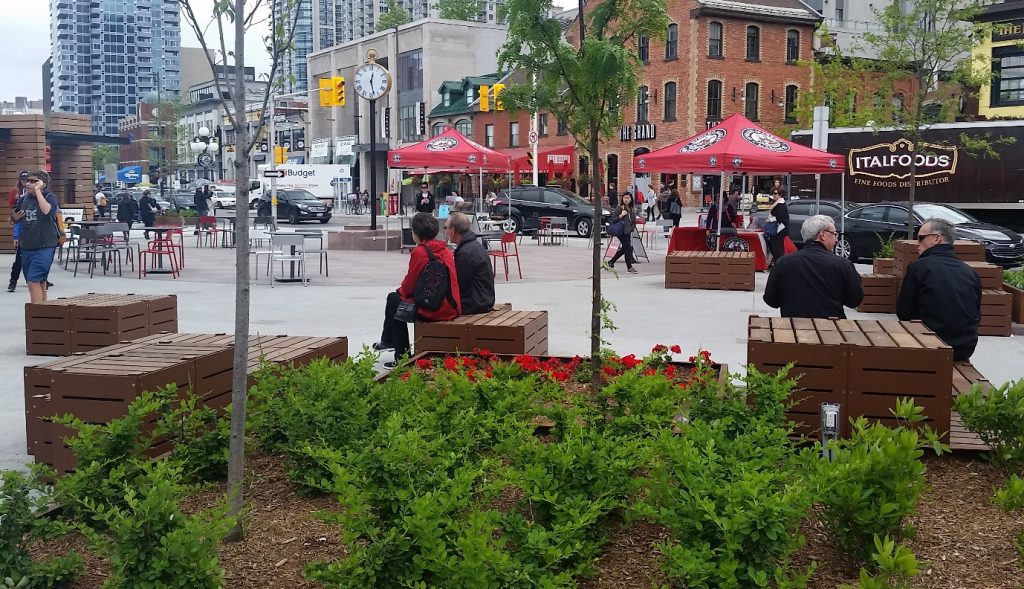
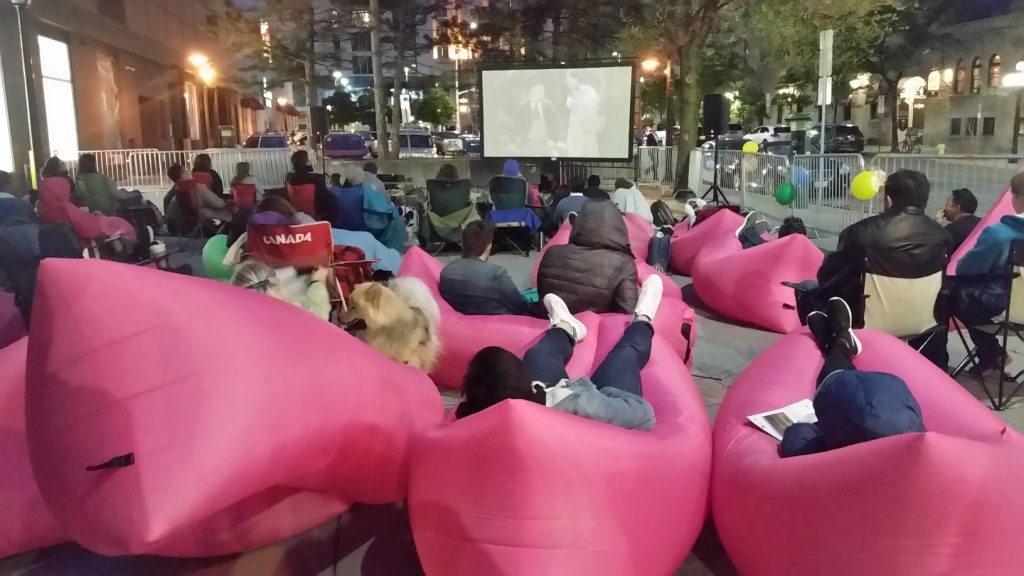
Of course, Ottawa is a lot of things: a political town where many of the workers get out of town on the weekends, a tourist town full of museums and important institutions, and a town where business gets done on a government schedule. Comparatively, the high-tech worker town is a new phenomena, so it still relies on expanding suburbs and exburbs, and shares a workforce with Hull / Gatenau (but has virtually no transit service across the river). When I arrived it was midnight, and I hopped on the bus to the hotel and arrived late in the evening to find downtown not just empty, but Zombie Apocalypse abandonment empty. It was eerie. There is virtually no mixed-use development downtown, but not too far away are leafy neighbourhoods of real mixed density, from single family homes to quadraplexes and townhomes. There were some interesting developments happening, and Sparks Street was trying really hard to be somewhere, but no matter where we went, it never felt like a vibrant City.
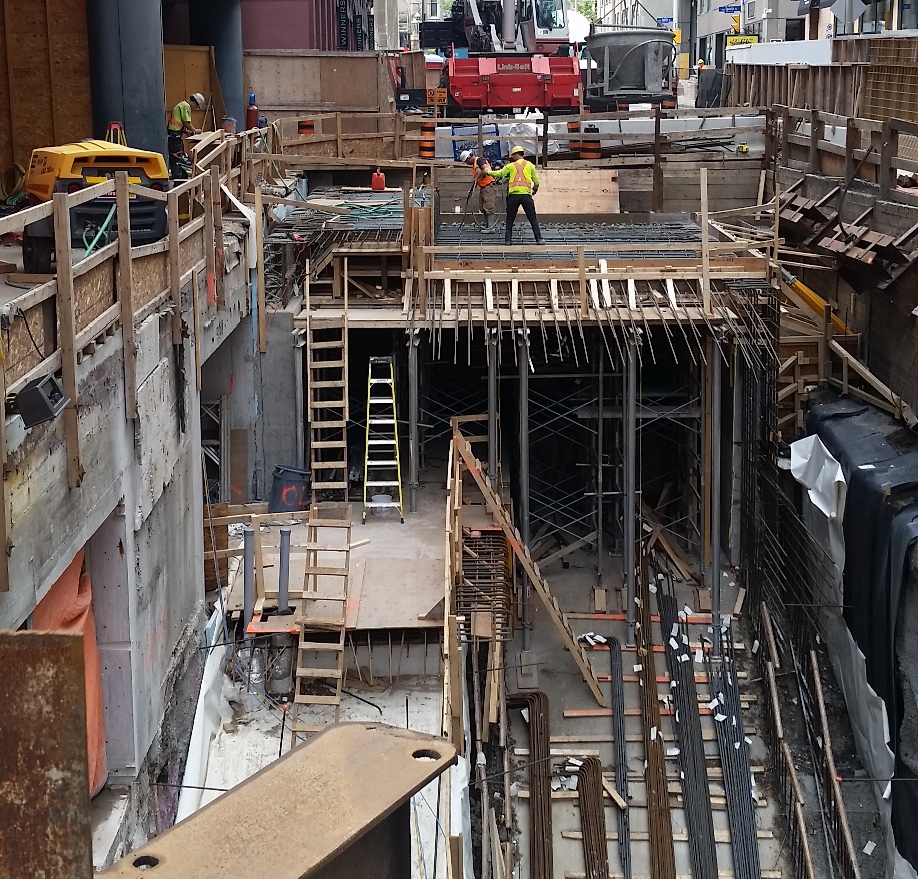
That said, much of downtown Ottawa is under construction, as a light rail system is being constructed to replace some of the dedicated “Transitway” routes, the “Bus Rapid Transit” system that has connected Ottawa to the burbs since the 80’s. This system is a model for what some other metro regions have considered as a “stopgap” between buses and light rail systems. It is fundamental to the transit in Mexico City, Bogota, and other cities, and some have even suggested this as the best way to get transit up the Fraser Valley along the Highway 1 route. As a people-mover, it worked great. However, it was notable that the limited stations didn’t appear to spawn development booms like we would expect to grow at a “real” rapid transit station that connects to downtown of a major City. Still, for $3.50 from the airport, dedicated road to avoid traffic congestion and super frequent service, the Transitway couldn’t be beat – maybe 75% of the service of SkyTrain at probably 25% of the cost.
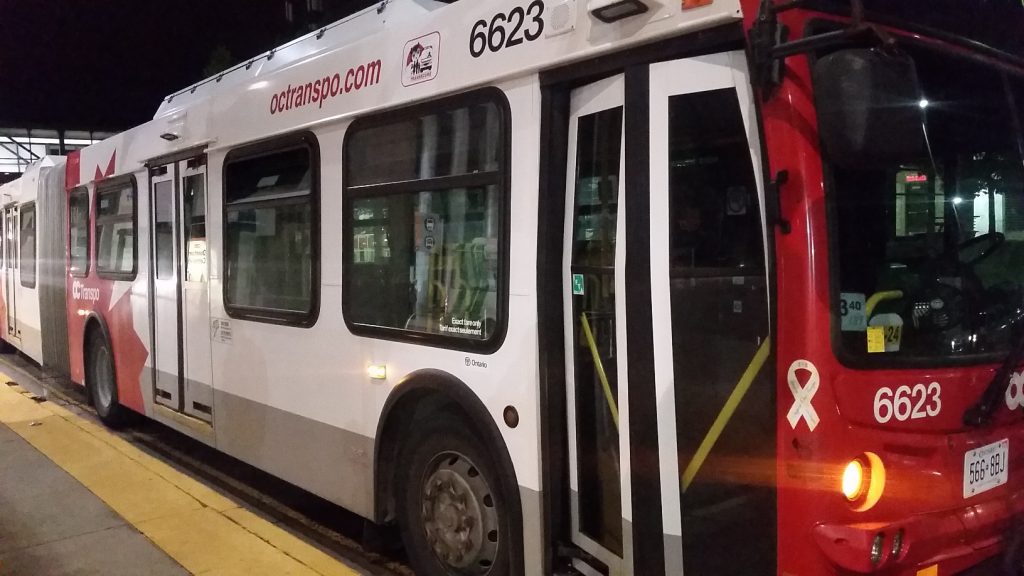
We also discovered that Ottawa (at least in the summer) is definitely a cycling city. There are bike racks throughout downtown, and they were full of bikes on business days. There is a comprehensive bike route network along the numerous waterways and canals that run through the City, and decent bike infrastructure in the more trafficked areas, though the map is not completely without gaps or terrible design choices.
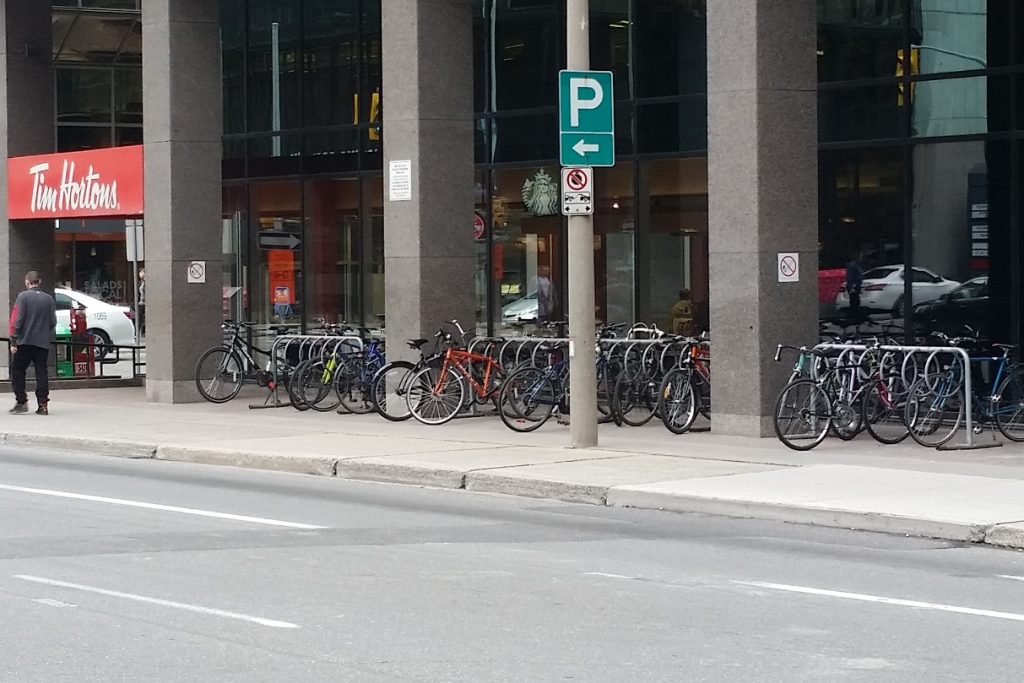
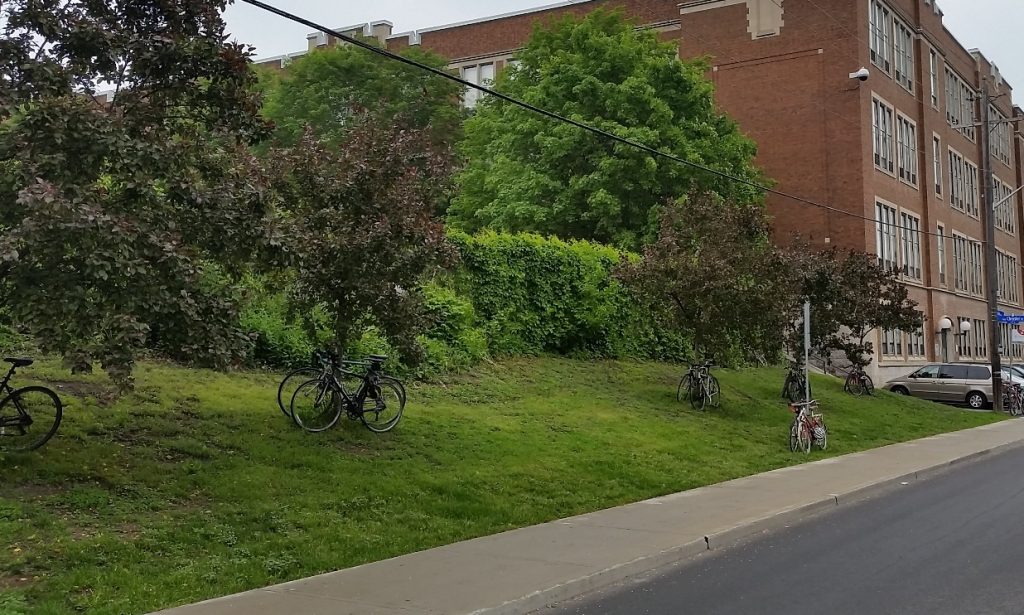
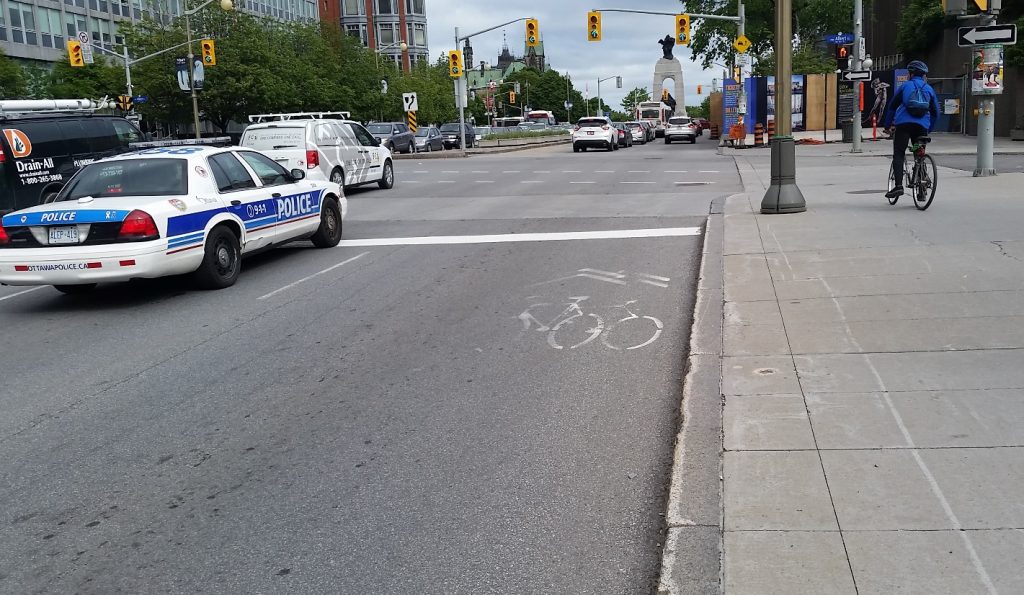
I took a couple of opportunities to use Ottawa’s bikeshare program, VeloGo. The system is very similar to Portland’s, in that the network and booking electronics are installed in the bike, and the bike’s location is tracked using GPS, allowing you to drop bikes everywhere, not just at the “stations”, although it is less expensive to drop them at the station, and it is generally hard to find one to pick up anywhere but at a station. The system is easy to use, and the durable, shaft-drive upright bikes worked great.

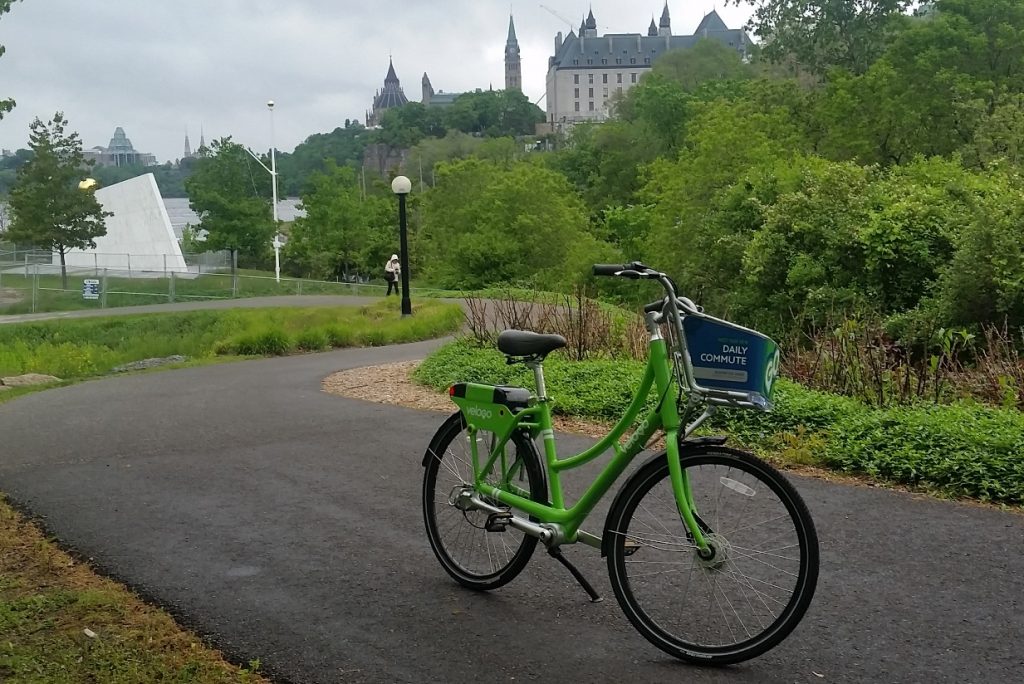
Unfortunately, the station network and number of bikes is pretty limited, and concentrated along the aforementioned canal routes with no stations in the downtown, so the system was (are we sensing a theme here?) more useful for tourists than for the residents of the City. It was simply not a viable alternative for short cross-town trips, like my daily 15-minute walk to the conference centre, or for the 20-minute walk to the Museum of Canadian History where a reception was held. This was disappointing, because it was trip like that that are perfect for bike share, and will make the system a sustainable part of the transportation network instead of just a tourist curiosity. Compared to New York or Montreal, the system seems like a half-assed effort.
In short, Ottawa was a great City to visit, for the obvious reason: there is so much to see and so much history. Riding a bike along the Canal and through the ample green spaces was pleasant, but it curiously lacked the feeling of a vibrant City where residents enjoyed public space. It felt like too many US cities where the downtown is for business, and the burbs are where people live their lives. Which was in contrast with out next destination: Montreal.
Mrs. P grew up there and could probably provide a much better comment than I, but in my brief visits there I found it pretty much as you describe: suburb dominated. That being said there are some really cool areas to live close to downtown, along the Rideau river and canal and near Carlton U. The Glebe and Vanier are also not far from downtown and more lively.
Pat this was a really interesting article. I agree and disagree on a number of things that I experienced in my 3 years of living there. You’re right about downtown proper, people get in and out, and it’s mostly just for working. Sparks Street, which I think is where you took the deserted photo, should be awesome, but it’s not highly patronized outside of working hours. For the real nightlife, you need to head to Elgin St, where you will find the pulse of the city. This is where the locals go, especially students, and there you will find quite a good scene of drinking, cool pubs, etc. In my whole time of living in Ottawa, I went to The Market to party once, and that was for a stagette. That area is definitely for tourists, and the “just left the clutches of my parents” younger student crowd. As you say, there is a good spread of pubs all over the city, which is actually a good thing because each neighbourhood has its own scene and style. As for green spaces, sure, downtown they will be frequented by tourists, but the locals use them loads too, especially in their own neighbourhoods.
I felt like Ottawa was an incredibly vibrant place to live, especially in the summer, when they have festivals to celebrate anything and everything. Most notable being the Tulip Festival (people constantly out and about, beer gardens everywhere) and Bluesfest, which is a 2 week festival IN TOWN. Awesome music, and locals pretty well live downtown for the 2 weeks it’s on….has a Stampede vibe about it. In short, Ottawa is awesome!
Two points:
1) Yep, I probably failed in my sticking near the Tourist Areas during the conference or out in the ‘Burbs where family lived.
2) In my limited experience, the party is anywhere Ellie is hanging out… I’m not sure which way the causation is, but the correlation is pretty much r=1
Ba ha ha Pat, points well taken! Get at me if you’re coming to Rossland this year!
Thank you for this post.